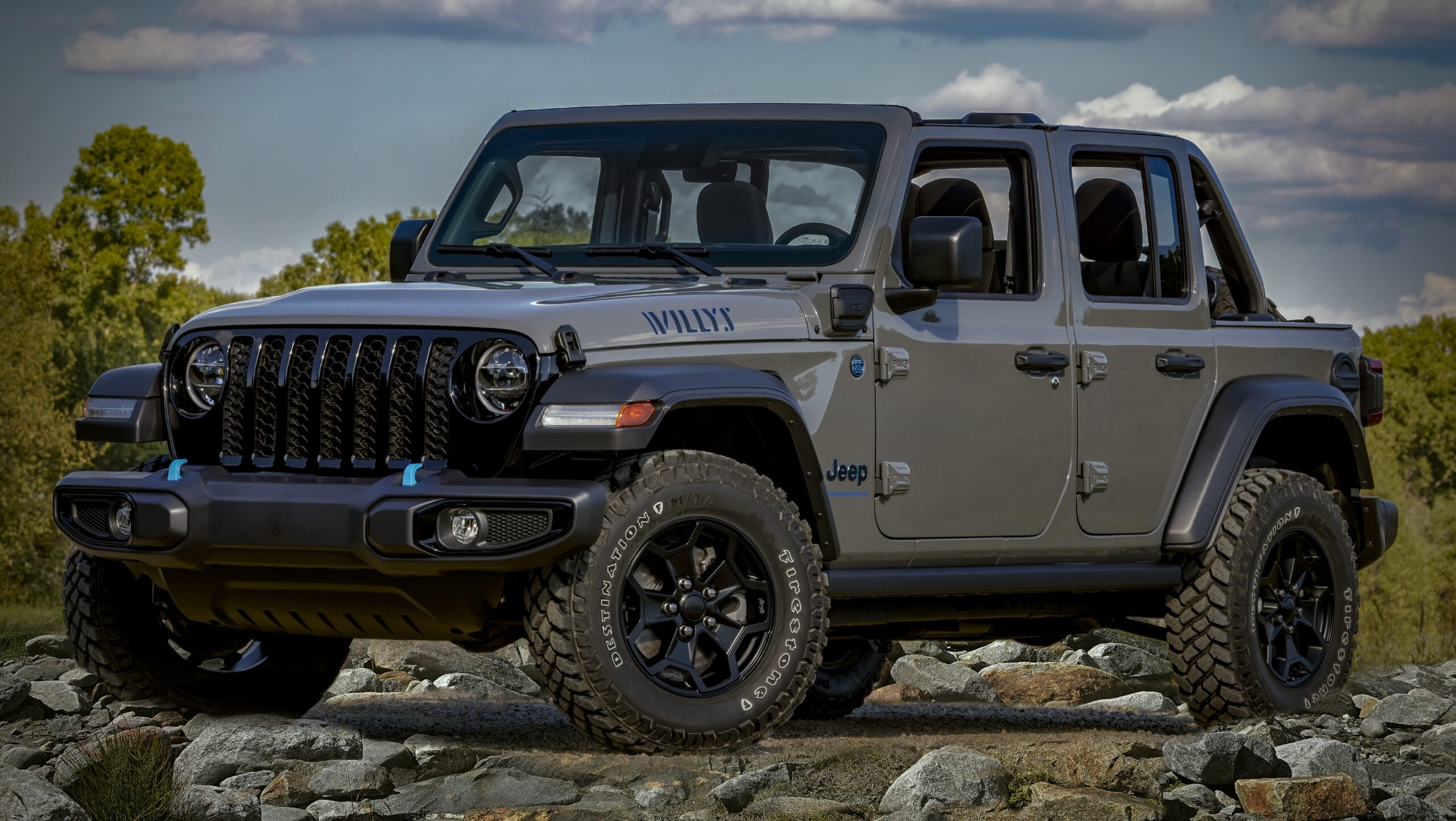When it comes to purchasing a vehicle, few brands evoke as much affection and rugged allure as Jeep. The unmistakable silhouette, the adventurous spirit, and the open-air options all contribute to an emotional connection that Jeep owners relish. However, despite this emotional high, the financial aspect often raises a perplexing question: why are Jeeps so expensive? What factors contribute to the premium price tag? Buckle up, because we are about to navigate the multifaceted landscape of Jeep pricing.
First off, let’s consider the brand’s rich heritage. Established in the early 1940s, Jeep has a legacy intertwined with World War II, where it emerged as the go-to vehicle for soldiers navigating rough terrains. Such a storied history commands a certain respect—and also, a certain price. Consumer perception plays an outsized role in determining costs, and Jeep has succeeded in positioning itself as a premium lifestyle brand. This positioning allows them to charge more, as buyers are often willing to pay a premium for the authenticity and adventure that Jeep embodies.
Moreover, manufacturing costs cannot be overlooked. Producing a vehicle that can tackle the most challenging environments is an engineering feat. Jeeps are equipped with advanced four-wheel-drive systems, durable frames, and state-of-the-art suspension systems designed to withstand extreme conditions. These elements come at a cost. The materials used are often rugged and robust—think heavy-gauge steel and high-quality plastics—ensuring longevity and reliability. In fact, Jeep goes extra lengths, employing manufacturing processes that guarantee that each vehicle can endure both off-road adventures and daily commutes. This focus on quality translates into a higher end price.
Next, let’s delve into the optional features that can enhance both performance and comfort. Want a richer, more engaging driving experience? Many Jeeps offer an array of packages that add leather seating, advanced infotainment systems, and upgraded sound systems. However, those features come with a price. Customized options can lead you down a rabbit hole where the price escalates. A basic model might seem affordable, but as you layer on the bells and whistles, the cost can rise rapidly. It poses a challenge: you set out for a simple safari, but suddenly you’re contemplating a Jeep that rivals the cost of a compact sedan!
But don’t dismiss the resale value just yet. Another factor that adds to the initial costs is the impressive resale value of Jeeps. From the rugged Wrangler to the adventurous Grand Cherokee, Jeeps tend to retain their value remarkably well over time. High demand and a loyal customer base ensure that resale prices remain elevated. When considering ownership costs, the potential for higher resale value might just justify the initial expenditure, providing a silver lining to the financial clouds that accompany such a purchase.
Furthermore, let’s not forget the impact of technology. Modern Jeeps come equipped with sophisticated engines that balance power and efficiency. Hyper-efficient turbocharged engines are not just buzzwords; they provide enhanced performance while adhering to higher environmental standards. As fuel efficiency regulations tighten, manufacturers invest heavily in research and development to create vehicles that are both powerful and environmentally friendly. This investment in innovation drives costs up, but also positions Jeeps as responsible choices for the eco-conscious consumer.
In addition, emerging trends in the automotive industry reveal another layer of complexity. With the rise of electric vehicles, Jeep is embracing this trend and introducing hybrids like the Wrangler 4xe. These advancements not only enhance performance but also meet evolving consumer preferences. The development of hybrid technology necessitates significant investment into both the vehicles themselves and the supporting infrastructure. Therefore, the expense of adopting new technology ultimately finds its way into the pricing structure, creating further challenges for budget-conscious buyers.
Now, let’s bring another element into play: limited editions and special features. Jeep has built a culture around limited releases that evoke desire among enthusiasts. From the stylish color options to limited edition trims, these exclusive offerings cater to passionate fanbases willing to pay more for exclusivity. But here’s the catch: while these variants typically attract buyers, they can also drive up the overall price for all models, as consumers eagerly anticipate the next wave of limited-edition offerings.
Not to be overlooked is the factor of demand and competition. The Jeep brand enjoys a dedicated following, and with popularity comes a natural increase in price. It is a classic case of supply and demand; as more buyers flock to the brand, the manufacturer can raise their prices without a dip in sales. Competitors may use this advantageous positioning for their own strategies while simultaneously racing to catch up with the technological advancements Jeep is pioneering.
In closing, the question of why Jeeps are so expensive is multifaceted and intertwined with factors such as the historical significance of the brand, manufacturing quality, optional features, and emerging technologies. The allure of exclusivity and impressive resale value adds to the conundrum. Like any robust off-roading adventure, understanding these complexities requires exploration and a willingness to confront the challenges that lie ahead. So, the next time you’re fronting the gnarly price of a Jeep, consider the journey as much as the destination—because in the world of Jeeps, it’s more than just a ride; it’s a lifestyle.
